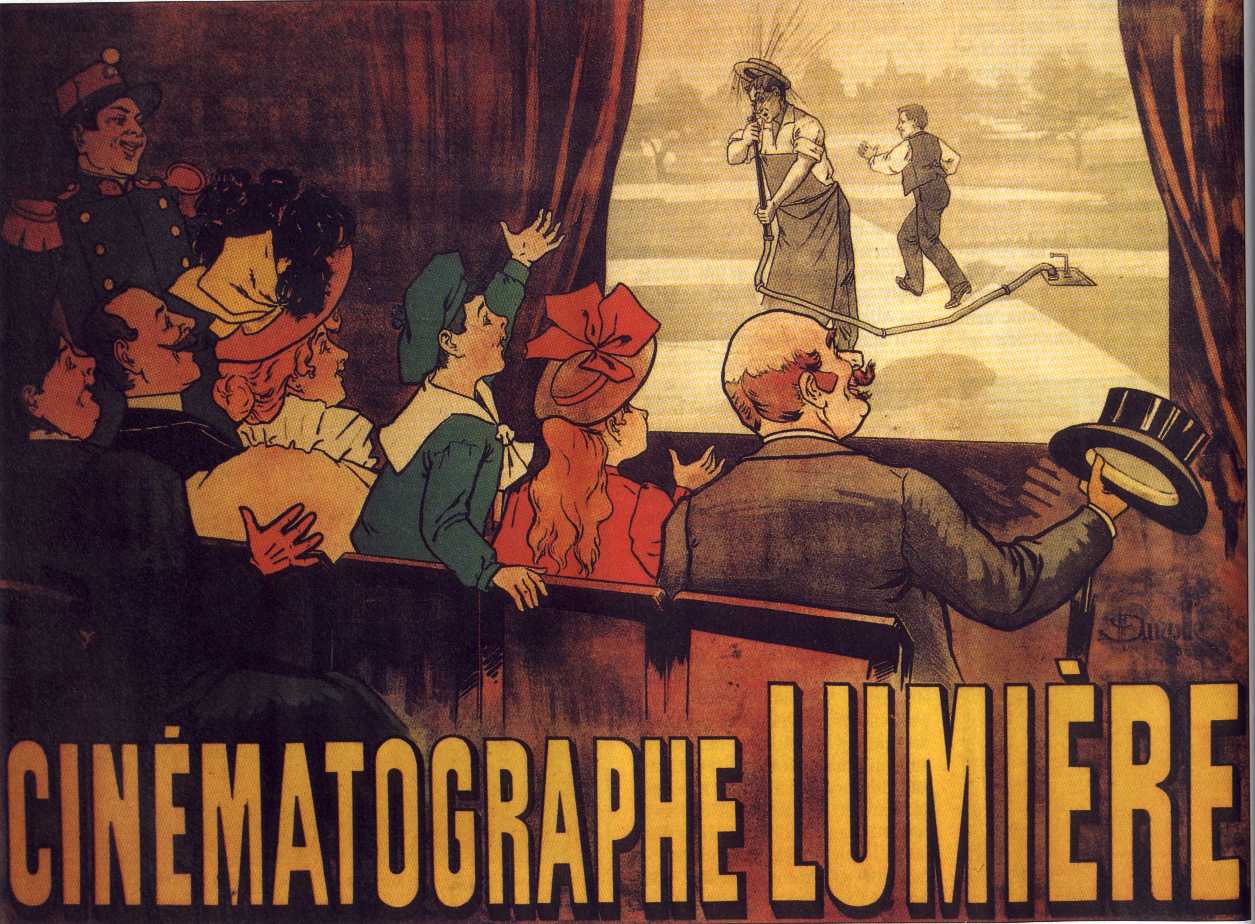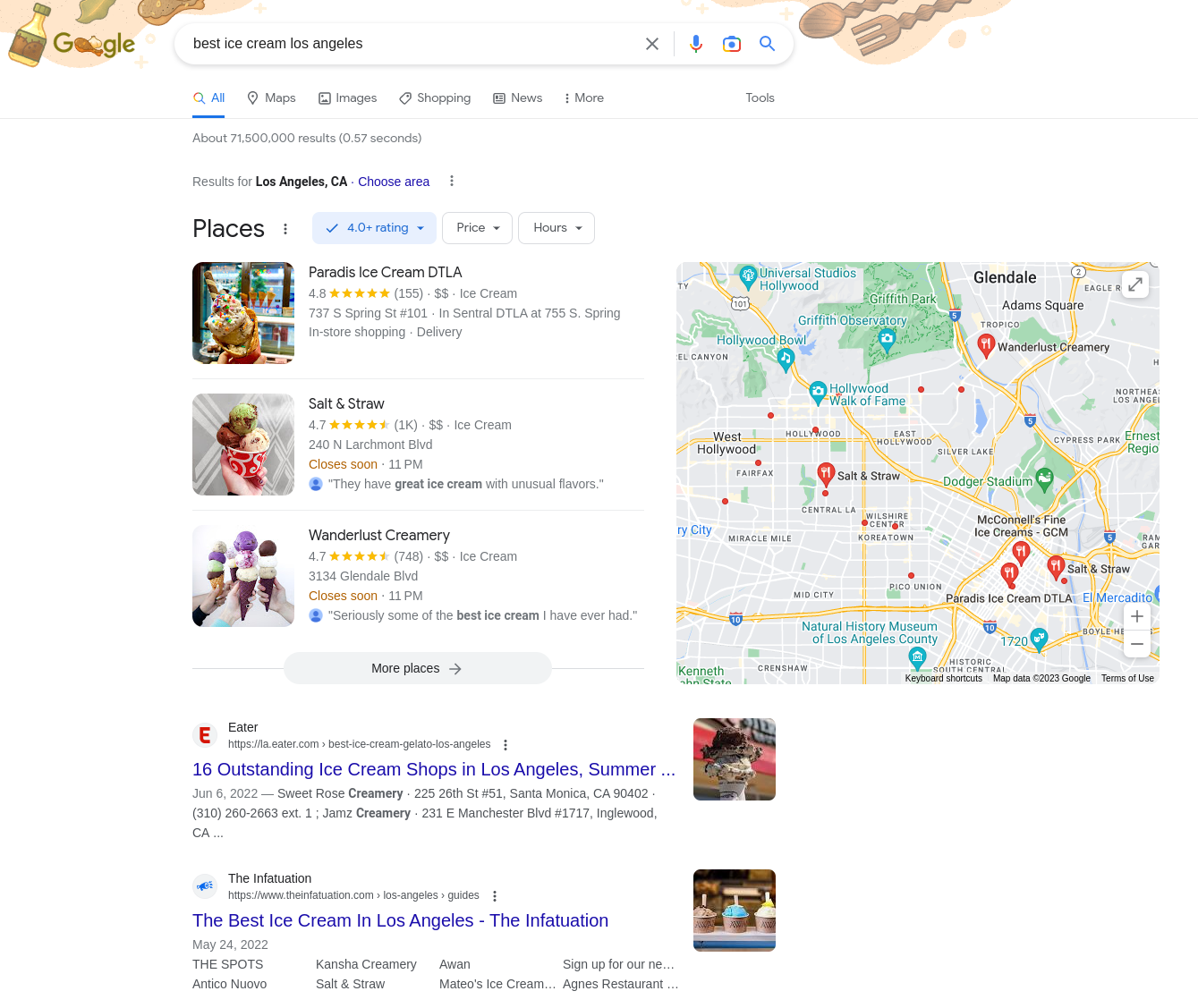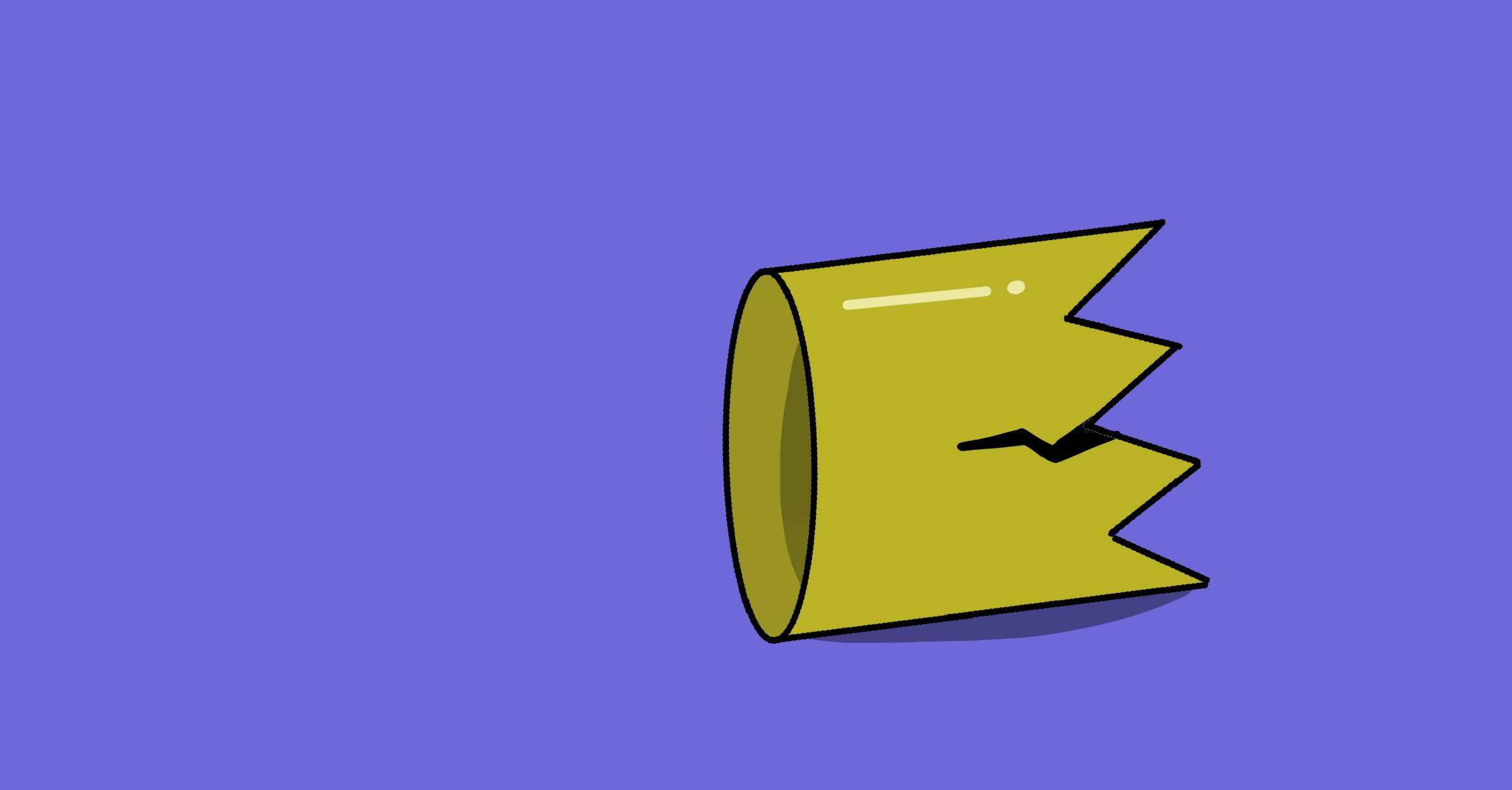Content was king
Posted on March 15, 2023 • 5 minutes • 1027 words
The age of content being king is long behind us. Packaging has replaced it in almost all media.
In the early days of content creation—1500s, not 2000s—content was scarce. The printing press was invented, but people did not have access to content the way we did in the 1900s.
From the late 1800s to early 1900s the world went from books as the main source of content to radio (live), recorded audio, movies, and television. The explosion of content and formats changed peoples consumption habits forever. No longer were you consuming what was available, there was too much to consume in a lifetime and you had to make a decision.
Judging a book by its cover was the right thing to do. You could not consume everything so you had to choose what you would invest your time in. Packaging dethroned content as king.
The first movie poster was made in 1895; the first movie trailer in 1913. Advertising and billboards would raise awareness, but they needed more efficient ways of helping consumers decide if they wanted to consume the content.
Books, magazines, newspapers, and any content looking for your attention—and money—had to play along. Sensational titles, enticing images, provocative summaries are not new to YouTube. Advertisers and creators have been perfecting the craft in every new format for more than 100 years.
 The first movie poster
for L’Arrosour Arrosé.
The first movie poster
for L’Arrosour Arrosé.
The Internet
The Internet had its own shift to packaging. In the early years (pre-2000) bandwidth was limited and images were scarce.
As bandwidth increased so did the packaging. Lists of underlined blue text shifted to images. Animations and videos started to emerge and website designers—using that term very loosly—used every feature HTML and JavaScript provided to draw attention.
 YouTube homepage (2005) via webdesignmuseum.org
YouTube homepage (2005) via webdesignmuseum.org
If a human has to make a decision to spend their time on the content you created they first need to be convinced it’s something worth their time. But people value their time in differently. Video content focused towards kids and teenagers tends to have great viewing times because they don’t value their time as much as a busy adult.
Content trying to reach a busy audience requires packaging that tailors to their needs. Word of mouth doesn’t have the same reach anymore because there are too many words and mouths. Trust carries a lot of weight.
If you’re making content today and not putting effort into packaging then you are doing your audience a disservice. In the world of SEO optimizations, hashtags, and social media—your content will fail to convince anyone it’s worth the time to click. You can’t reach an audience who isn’t reaching back.

As a consumer, what is the best content for you requires you to make a decision. But the decision you’ve made is entirely a decision based on the packaging, not content. You’ve judged links by their titles, videos by their thumbnails, and books by their covers because you have to.
Standards like The Open Graph Protocol are designed to make content more appealing. A list of unformatted link titles have no chance in the world of AI generated banner images and descriptions.
Where content is (still) king
But content is making a comeback. Search and recommendation engines can present you with packaged content, but rarely do they make the decision for you.
When was the last time you clicked “I’m feeling lucky” and actually expected the best answer? When did you let the next YouTube video play without looking at your options?
The answer for most busy adults is almost never. The only times we don’t make a decision is when we don’t have the option.
Algorithmic social feeds have removed the decision making process. Facebook and Twitter have tried to convince us it’s better, but in the world of limited social graphs—your friends—choice matters.
Taking who you know and showing their best content isn’t what we want. Showing us the best content based on what we like—or in some way indicated we like—is where content shines.
TikTok is an interest based social network with seemingly endless content. The only thing you have to decide is how long you want to watch. Scroll and it’s gone. Immediately replaced with the next video you didn’t decide to watch. Engage and more like it will come.
Algorithmic feeds switch the click. You don’t click after you decide what to watch. You scroll because you’re done watching.
Watch time is still the primary metric that matters. Engagement matters, but the platforms live and die based on minutes watched because that’s what revenue is tied to.
Where are we going?
The real explosion of content hasn’t begun. SEO content farms that used to abuse search terms, hashtags, and post frequency were just the begining of the spam. The current implementation of internet search won’t survive the next wave of content.
AI generated content is just starting to hit some platforms and the open web. The next 3-5 years are going to see and explosion of written content, then images, then music, then videos. This won’t look like the obviously spam content of the early 2000s.
Excessive amounts of compute power will be used to create more, faster. Say goodbye to any service that offers a free tier. There’s no avoiding the mass of storage growth that’s about to happen.
Every day there is more than 82 years of video uploaded to YouTube. The amount of content that will be uploaded per day of AI generated content will make YouTube’s current business model uneconomical without major changes.
The only way to fight the AI is going to be with AI. People looking for content won’t be able to make decisions because packaging and recommendations will fail. Making decisions won’t scale because there’ll be too many options.
I’m hopeful that the next generation of consumers will reverse the trend. The cycle will reset and the race to create the perfectly packaged peice of content will be avoided.
Consumers will seek the imperfectness of human creation. The unpackaged “Me at the zoo ” moments that make content fun.
Not doing it for the likes, but just to share a raw moment of life.
